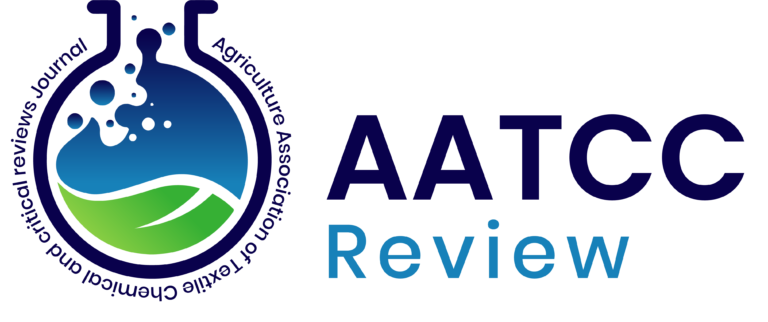Abstract
Currently, water hyacinth is a problematic weed, adversely affecting pond ecosystems and the
environment. In eastern India, including Assam, water hyacinth (Eichhornia crassipes) is problematic,
rendering water bodies like ponds and lakes unproductive due to its dominance. It can be effectively
utilized as mulch in crop production. The field experiment was conducted at Assam Agriculture
University, Jorhat, Assam during the period of 2022-23 and 2023-24 with the objective of evaluating
the effect of different mulches and nutrient management practices on soil temperature, moisture
conservation, SPAD, and NDVI values and canopy temperature of maize. The experiment was
conducted in factorial RBD with 3 replications. There were three moisture conservation treatments
viz., M 1 :No-Mulching, M 2 :Mulching with paddy straw @ 5.0 t/ha, M 3 :Mulching with water hyacinth
@ 5.0 t/ha and seven nutrient management practices viz., N 1 :Recommended dose of fertilizer (60-40-
40 kg/ha N-P 2 O 5 -K 2 O), N 2 :75% NP & 100% K with foliar spray of nano-DAP @2ml/l at knee high
and tasselling stage, N 3 :75% NP & 100% K with foliar spray of nano-DAP @4ml/l at knee high and
tasseling stage, N 4 :75% NP & 100% K with foliar spray of nano-DAP @6ml/l at knee high and
tasseling stage, N 5 :50 % NP & 100% K with foliar spray of Nano-DAP @2ml/l at knee hight and
tasseling stage, N 6 :50 % NP & 100% K with foliar spray of nano-DAP @4ml/l at knee high and
tasseling stage and N 7 :50 % NP & 100% K with foliar spray of nano-DAP @6ml /l at knee high and
tasseling stage. The moisture content was recorded up to 30 cm depth (0-15 cm depth and 15-30 cm
depth). The result revealed that all the treatments with mulching had higher soil temperature, higher
soil moisture, and lower canopy temperature compared to no mulching treatment, but there was no
significant effect of nutrient management practices on these parameters. Water hyacinth mulch
treatment recorded the highest soil moisture at 10 cm depth and lower canopy temperature. The
average soil moisture recorded was 17.95% under no mulch treatment and 20.27% by weight under
water hyacinth mulching. Similarly, the average canopy temperature recorded was 24.18 o C under no
mulch treatment and under water hyacinth mulching it was 23.76 o C and the soil temperature recorded
was 19.30 o C under no mulch treatment and it was 20.02 o C under water hyacinth mulching.
Normalized Difference Vegetation Index (NDVI) and SPAD values were significantly influenced by
mulching compared to no mulching treatment, but there was no significant effect due to nutrient
management practices. Water hyacinth mulch treatment recorded the highest NDVI, lower canopy
temperature, and higher SPAD Values. The average NDVI recorded was 0.609 under no mulch
treatment and 0.671 under water hyacinth mulching, the average canopy temperature recorded was
24.18 o C under no mulch treatment and 23.76 o C under water hyacinth mulching and SPAD values
were 34.58 under no mulching and 37.13 under water hyacinth mulching.
